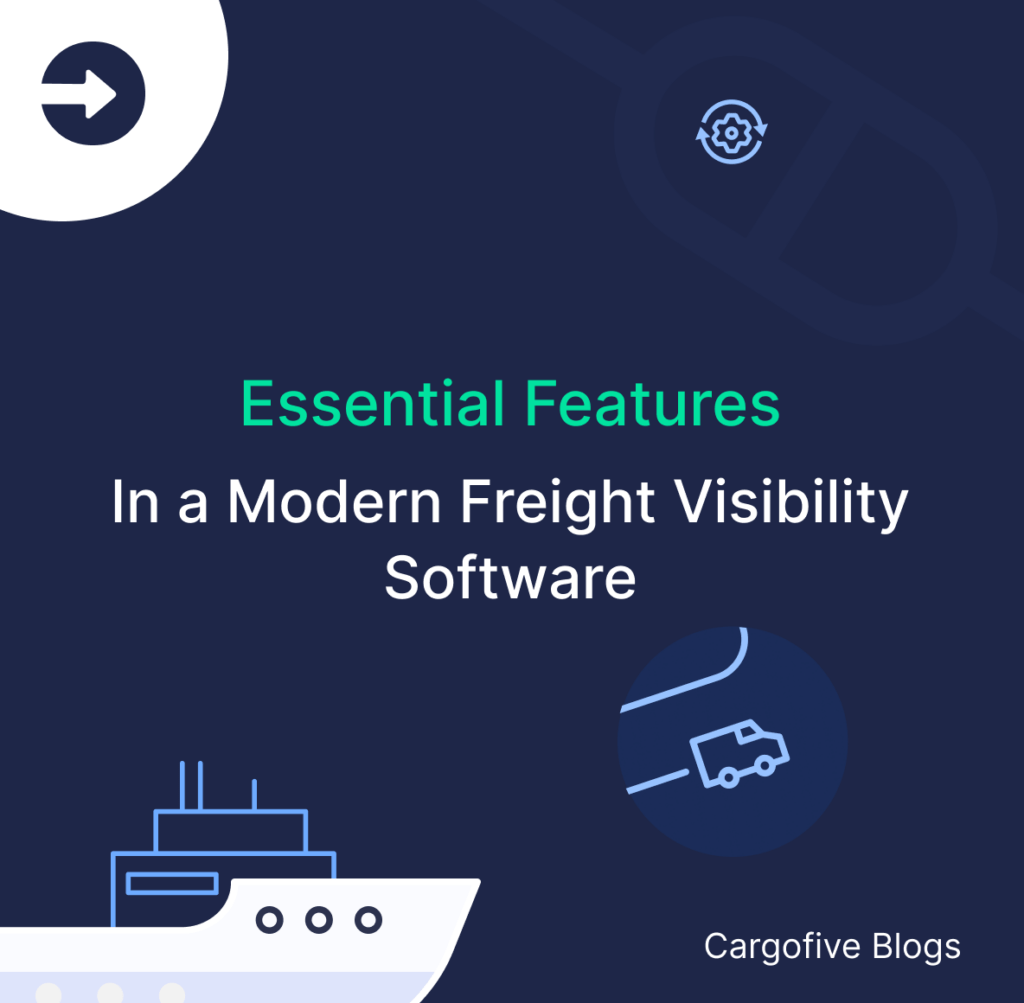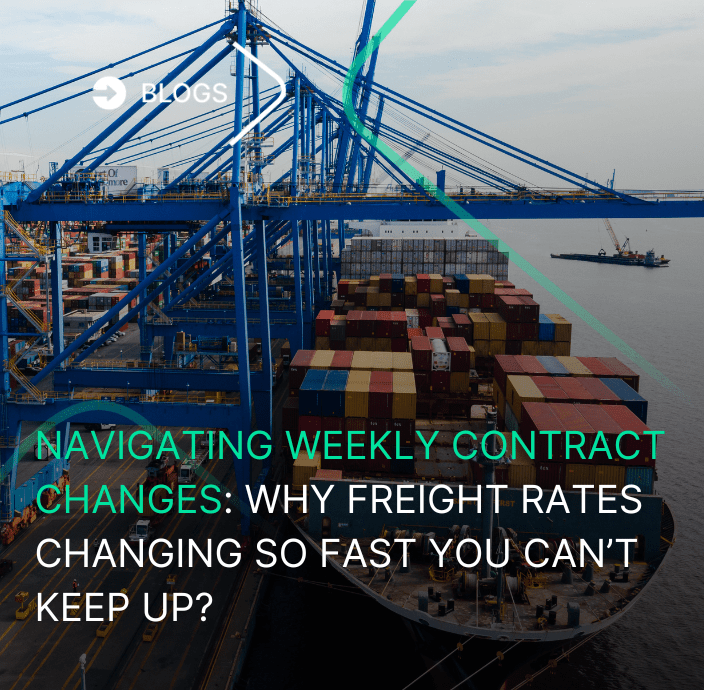Digital freight forwarders vs. digital shipping lines, rather than showing how they compete with each other, let’s see what they have to offer, how these two branches of the business complement each other, and which are the customer benefits of using new technologies in maritime freight transport.
Digital shipping lines and digital freight forwarders are breaking through. As we have already described in our other articles, the digital transformation came to revolutionize everything in the maritime industry. Not only freight forwarders have had to face the new era adapting to automated processes of contract management and rates, among other responsibilities. But also, shipping companies, and especially the top ones, have taken up the challenge of modernizing what was believed to be the most obsolete industry of international logistics, and they are going digital. Both cases were driven by the purpose of evolution and not becoming a thing of the past.
Digital freight forwarders vs. digital shipping lines: seen from land and sea, it is a digital business.
To talk about digital freight forwarders vs. digital shipping lines it is necessary to make a summary of how global maritime trade works from the beginning of any operation. This will help understand that these two branches of the business do not compete with each other, but instead, one complements the other one, and each one makes its contribution to the customer experience from the ground they know best: land or sea.
- From the mainland, digital freight forwarders are the first contact with customers, because vs. a digital shipping line that is shown great and powerful, customers seek for more custom attention and initial business experience, which we assume they find better at a digital freight forwarder. This does not imply that there are no customers who would prefer to contact directly a digital shipping line, nor that the last one does not bet on the success of the first one. For example, Maersk invested on a digital freight forwarder, FreightHub, aiming to improve the supply chain management, in which Maersk is a leading player, and will therefore also benefit from this alliance.
- Like everything else nowadays, immediacy is key, and it is even more so when a customer requests a quote and wants to close a deal as soon as possible because he knows that time is money. All digital freight forwarders are qualified to deliver instant quotes, as well as to manage smart contracts using blockchain technology, thus offering customers transparency, trust, plus time and money profit; vs. digital shipping lines, of which there are still only a few that offer online quote service.
- Once the contract is signed, the sea work begins with digital shipping lines which, using new technologies, offer the use of containers with tracking devices based on IoT and AI that are connected in real-time. At this part of the process, digital freight forwarders do the follow up online, so that their customers are always informed about the location and conditions of their shipments. Even in the not too distant future, carriers consider having their own fleets of autonomous navigation vessels to optimize and reduce operating costs, while complying with new maritime regulations.
- Also in ports and terminals, even more so in ports 4.0, there is an opportunity for collaboration instead of competition between digital freight forwarders and digital shipping lines. The loading and unloading processes automation, as well as the possibility of online billing and customs management, offered by carriers, makes it possible for digital freight forwarders to deliver the task of containers’ entry – storage – exit much faster, secure and with efficiency.
Although there is still much more left to compare between a digital freight forwarder vs. a digital shipping line, for now, it is well established that the maritime industry market is already a digital business, whether it is inland or at the sea.
AUTHOR



